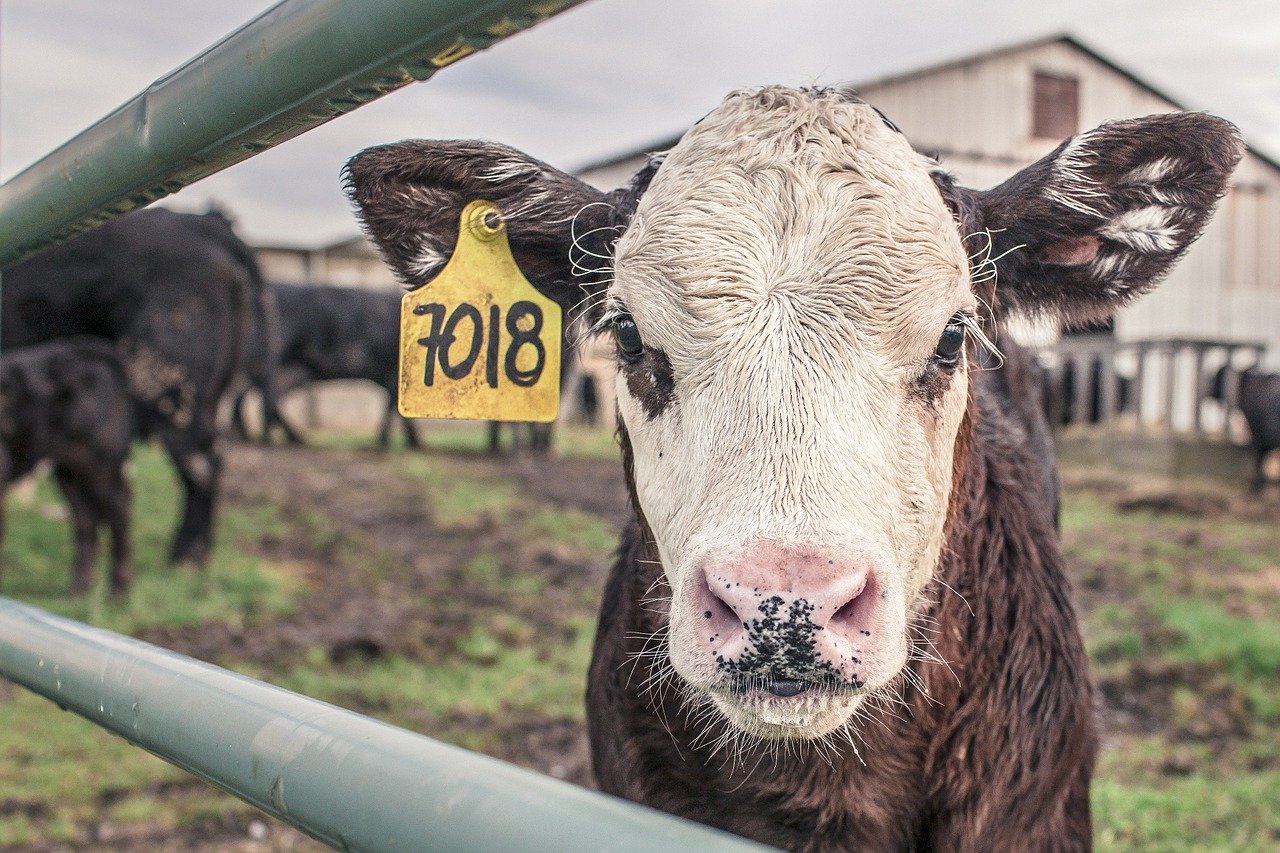Storytelling in Business – My story, once upon a time …
Yesterday I met my client for our final preparation session before he goes to speak at a farming conference in the UK. Which he believes will provide a good opportunity to grow his business in Britain and support the staff he already employs over there.
This person has invested some money with me, but much more importantly, he’s invested time in preparing what he wants to say. In doing this he is crystal clear regarding the message he wishes to leave his audience to ponder upon, in the expectation that they will contact him to explore these opportunities.
I know very little about farming, the support I provide is to help my client to identify a key message or two that he wishes to deliver. An outside perspective can be very helpful in this situation.
For a period of three to four weeks, we have had several meetings. A couple, face to face, and several more online to create a story that is true and that he can tell with confidence in an engaging way.
The Opening:
Stories get an audience’s attention when they are relevant.
Through the course of the first couple of sessions, we compiled a very engaging and true narrative about a farmer and his family’s vision for their future.
Reason to move forward
Having got the attention of the audience, it is helpful to tell them the advantages of them taking your advice. Also, briefly discuss the reason for not moving forward, it’s better to air the objections as they will be thinking about them anyway.
The Body:
Talk about what your business does
Having done that, you can now explore with your audience, what it is that you do and how your intervention can be helpful.
During this part of your talk, you must continually remind the audience of the benefits of what you are suggesting. Otherwise, they are just thinking about the disruption and possible costs involved in doing what you suggest.
The Close:
Bring the conversation to a conclusion
At some point, best judged by the speaker on the day, he or she will bring to a conclusion the discussion about what they do and switch the conversation to painting a word picture of the outcomes/benefit of implementing your solution.
In this part of the presentation/conversation, your audience must see how your intervention will improve their situation.
Help your audience to visualise their success, e.g.
- Farmer is looking out over his new farm landscape, confident in the knowledge that he has secured a bright future for the family.
- A Factory Manager is admiring her new updated manufacturing plant and benefiting from the 37% energy savings.
- Orders are flowing in from your newly appointed distributor, who is selling your product with little or no support.
- Someone in the audience is smelling the leather in their Tesla dream car.
Call for Action:
Once your audience visualises themselves in the scenarios, you can then call for action or ask for the order.
My Call for Action
If you want to be a more successful communicator send me an email now and in a short space of time it could be a reality.





